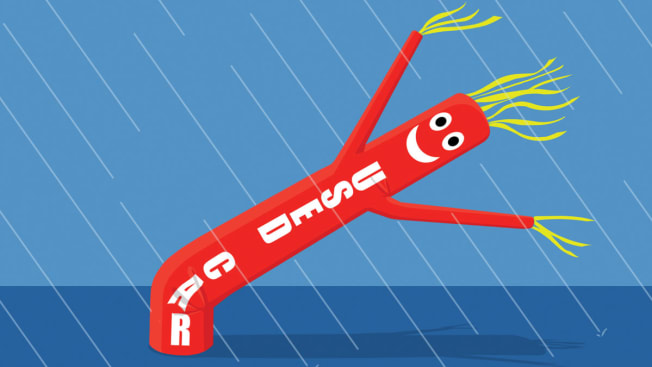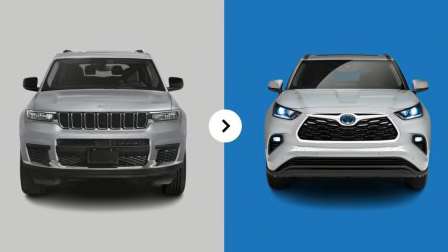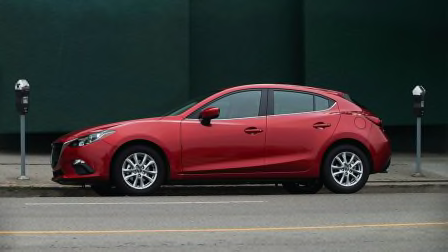How to Avoid Hidden Damage on a Used Car
Tips for spotting problems caused by a flood, crash, fire, or theft

More frequent storms, millions of crashes annually, and limited availability mean that used-car shoppers are more likely than ever to buy a vehicle that’s been damaged (as many as 358,000 vehicles were flooded during Hurricane Ian, estimates Carfax).
Flooded Cars
Hundreds of thousands of cars are damaged by floods annually; many end up back on used-car lots.
Why it matters: Water can wreck a car’s electrical system, corroding wires and terminals and leading to circuit malfunctions and even fire. It can also dilute engine oil and corrode mechanical parts. The damage sometimes does not show up for months or longer.
How to spot trouble: If a car smells like mold or mildew, it may have had water trapped beneath the carpet or inside the dash. Look for rusted screws, evidence of a water line on lights or door panels, or parts and fasteners that look newer than the rest of the car.
Crashed Cars
Motorists file tens of millions of dollars in collision claims each year, according to the Insurance Information Institute.
Why it matters: Without proper repairs, collision damage can affect a car’s structural integrity, degrading steering and braking performance. Crash damage can also reduce the vehicle’s ability to adequately protect occupants in another impact.
How to spot trouble: If certain body and interior panels look too new, or if the color or texture is slightly different, they may have been replaced after a crash. Electrical problems, such as faulty wipers and window switches, can be a sign of collision damage.
Fire-Damaged Cars
There are around 200,000 car fires every year, according to the National Fire Protection Association.
Why it matters: Damage from smaller fires can sometimes be repaired, but heat from a fire can weaken a car’s structural, mechanical, and electrical parts, rendering it unsafe to drive.
How to spot trouble: Look for hood or body panels that are a slightly different color, new paint in the engine compartment, and mismatched dash and interior parts. Inspect glass for cracks and weather stripping for melted rubber. Sniff for a burnt odor, and look under the hood for warped plastic and aluminum parts, as well as any new wiring.
Stolen Cars
The NICB says car thefts rose 17 percent between 2019 and 2021.
Why it matters: The time the car spent unaccounted for is a big question mark. Was it vandalized, street-raced, or driven off-road? Any of those could damage suspension, structural, electrical, or mechanical components.
How to spot trouble: Look for paint that’s not perfectly matched, body contours that aren’t uniform, gaps between doors and other panels that look too wide or too narrow, and discolored upholstery inside the car. During the test drive, feel for vibrations or wobbles that could indicate that the car has been treated harshly.
Editor’s Note: This article also appeared in the January 2023 issue of Consumer Reports magazine.




















